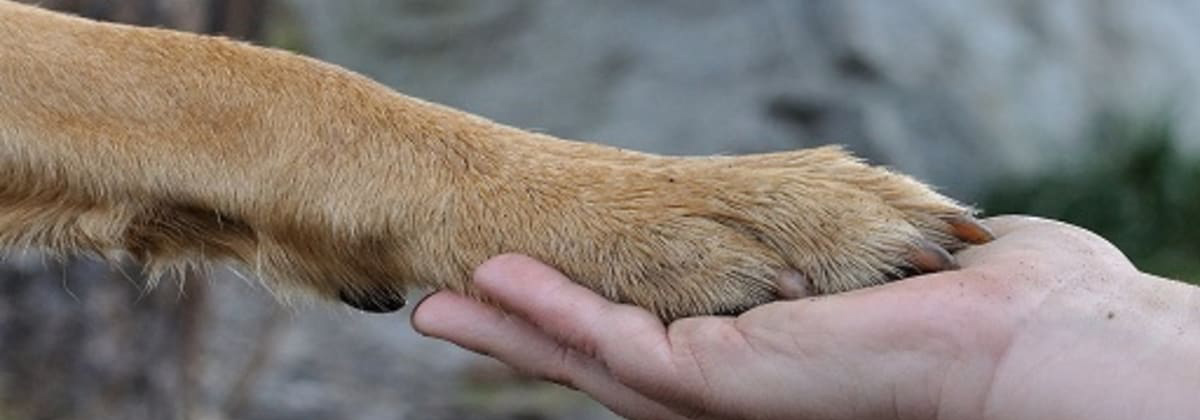16 Jan Teaching Your Dog to Shake Hands (Part 1)
Dogs are loyal animals that have lived peacefully with us for thousands of years. As far as history goes, there’re stories of people interacting with them. There’re various theories about the history of these faithful animals’ domestication, but the most authoritative theory is that we domesticated dogs 15,000 BC! Contrary to popular belief, all articles agree that the dog was the first animal that man could be domesticated. Now, thousands of years after the first dog domestication, we are looking for dogs’ shaking hand training. So it doesn’t seem to be a difficult task, and millions of people before us did it and thought about training dogs. If you also want your dog to look polite and respectful, stay tuned until the end of this article.
Dog’s shaking hand training; Step-by-step guide
Before you start training, you should consider treats or prizes for your dog. Teaching a dog to shake hands begins with conditioning him. These prizes can be food, toys, dolls and other things. Now that you have everything ready, let’s move on to the main point, which is to teach a dog to shake hands:
Extend your hand towards the dog
Before doing anything, you should extend your hand to the dog, which will send the signal to the dog that you are expecting or asking for something. Of course, before you extend your hand, you should place a prize or food in your fist and keep your hand closed.
Wait for the dog to react
After you extend your hand to the dog, the dog will probably do different things to find out what you are asking for. For example, he may smell, lick, or look at your hand from different angles. The key is to wait and not react. If you react when the dog is licking or sniffing, he may think that such a reaction is in your mind and the whole thing will change! As soon as your dog puts his paw on your hand, open your hand and give him a treat. Now you have sent this signal to him that this is exactly the reaction you were expecting.
Repeat and practice
Try to repeat the previous step several times. Fill your fist each time with a treat or prize and wait for the dog to shake your hand. Practice this method enough so that as soon as your hand goes to the dog, he will shake your hand quickly.
Make it look like handshaking!
Now that your dog knows what to do, you need to make it look like handshaking, not just put his paws on your hands and then pick it up. First, you need to increase the duration of this process a bit. So in the next exercises, try to increase the time interval between putting the dog’s paws on your hand and opening your fist. With this exercise, you will let the dog know that he needs to hold his paw on your hand longer. Remember that he hasn’t yet received any verbal signal from you. You shouldn’t use the word hello in these steps. So try to focus only on the act of shaking hands. Adding verbal signals can confuse him, especially in the early stages of training.
Fixing shaking hand’s time with the dog
You need to repeat these exercises so that your dog understands exactly what you want from him. All these steps are to make the dog’s shaking hands look more natural. Don’t forget that there’s no such thing as a shaking hand for dogs and we’re trying to simulate this process. So the more you repeat this process, the easier it will be to estimate the time intervals between shaking hands and opening your fist. So everything will look normal.
Adding verbal signal
Now that you have agreed on the timing and type of reaction with your dog, it’s better to add a signal or verbal instruction to the training to make the process more natural. The phrase “hello” or “shake hands” may be the best and shortest thing you can use. So when you extend your hand, use this phrase. Give your dog a treat after he shakes your hands! Your goal is that your dog understands the connection between this behaviour and the verbal phrase. Timing is also very important at this step. You need to manage this behaviour so that your dog does this command right after you extend your hands and say that word. That’s how everything looks natural.




Sorry, the comment form is closed at this time.